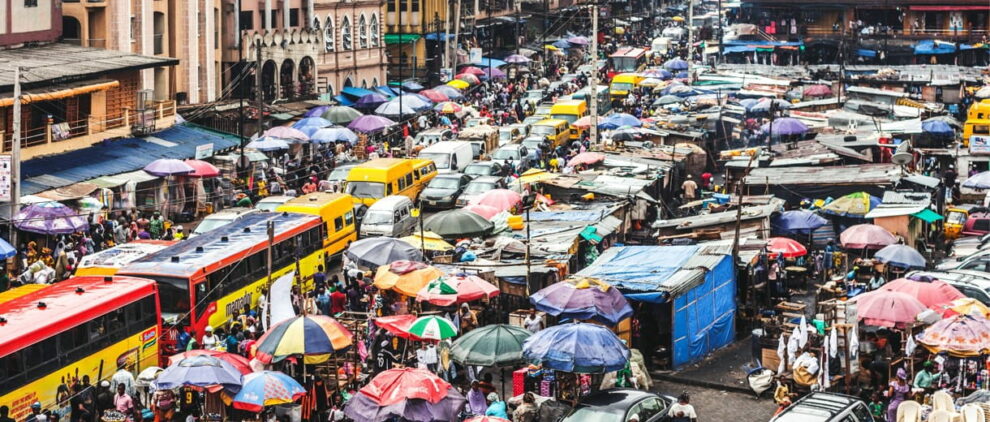The World Bank has cautioned that Sub-Saharan Africa (SSA) would need to slash trade costs by at least half to re-energize global commerce, which has been declining since mid-last year.
According to the bank, if nothing is done promptly to enhance productivity, and labor supply, increase investment and trade, and harness the services sector, global economic growth will fall to a three-decade low, as seen in The East African, a news publication focused on events in East Africa.
The World Bank stated in research examining the long-term effects of the Covid-19 epidemic and Russia’s invasion of Ukraine on the world economic growth rate that lowering trade prices in high-cost countries might enhance international commerce and boost global economic growth.
According to the analysis, SSA has the highest trade expenses in the world, with overall expenditures including shipping, logistics, and regulatory fees totaling around 130% of actual tariffs paid on traded commodities.
SSA, in particular, has the highest trade costs for agricultural items, which can cost up to 250% of the real tariff rates to trade. Yet, in addition to high trade expenses, the area has among the world’s highest taxes on all items. According to the research, tariffs in emerging and developing nations, including SSA, averaged 8%, whereas established economies had less than 2%.
In addition, countries in the area engage in fewer regional trade agreements (RTAs) than countries in advanced economies. African nations, on average, have approximately 25 RTAs with other countries, but industrialized economies have over 90 such agreements with other countries, supporting their cross-border commerce.
Additional obstacles to commerce with SSA There is significant trade uncertainty, poor logistics, and a low Liner Shipping Connectivity Index, which gauges how good a country’s transport networks are for international commerce, according to the research.
These challenges have piled on Africa’s commerce with the rest of the world, reducing economic development in the middle of an overall fall in international trade caused by last year’s shocks.
According to data from the United Nations Conference on Trade and Development (UNCTAD), global commerce increased to $32 trillion last year but has subsequently declined and is expected to stay sluggish for the remainder of 2023.
Source : BI















